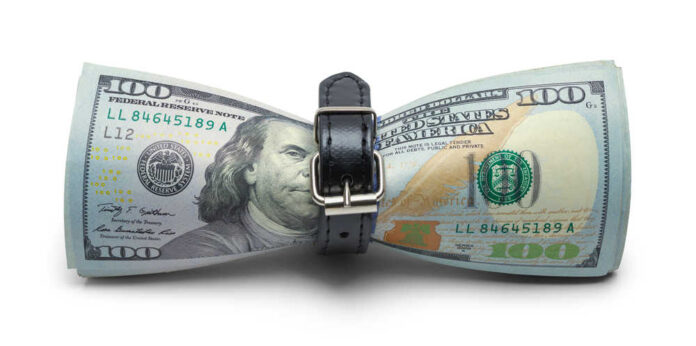
A recession is likely coming in 2023, according to recent economic data. Consumer habits have reached unhealthy limits, especially as households are strained by the recession. This increased debt load, along with the steep increase in interest rates, are likely to portend a serious economic downturn.
Let’s look at the facts. In December 2022, U.S. credit card debt reached an all-time high at almost $1 trillion. Even the debt ceiling fight may have an impact on borrowing costs.
The massive spike in debt is reminiscent of the banking crisis of 2008. Far too many Americans are now paying off the bare minimum to their credit card accounts and carrying over the vast majority of the debt to the following month.
There is a serious risk that the credit card companies, and the banks that back them, will be unable to handle a series of serious defaults. Furthermore, American consumers have an uncomfortable amount of other debt, including student loans, mortgages, and car loans. Put them all together, and we see a ticking time bomb just waiting to go off.
The 2008 housing crisis led to the Great Recession. It also included assets that could be foreclosed upon or seized. The same can’t be said for most credit card debts. The result may be that the large banks can’t recoup most of their losses from the consumer, and so has to go to the Federal Government for a bailout. Anyone who remembers what happened 15 years ago will know that this is an unwelcome prospect.
46% of credit card users now carry debt from month to month, compared to just 39% in 2022 pic.twitter.com/IN9ypXzFpv
— Barchart (@Barchart) January 11, 2023
With interest rates continuing to rise, it appears that the breaking point may emerge in the next 12 months. The Federal Reserve has to raise interest rates to hold down inflation– but doing so is a terrible strain on borrowers. The result will likely be an economic recession that may mimic 2008 in more ways than one. Hopefully, the rest of the global economy doesn’t have to suffer to get us there.










